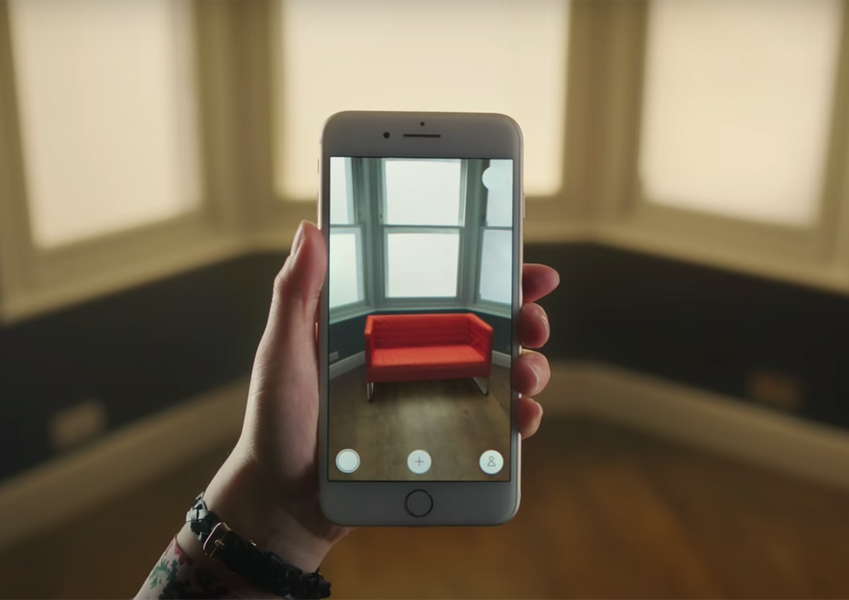Maya Georgieva was interviewed by The Economist and here is her advise to companies engaging with immersive technologies.
Make it easy for users. People will readily experiment with AR if it just requires a couple of clicks, or scanning a QR code in a magazine ad, at an archaeological site or in a shop. But fiddly setups will turn people off. It’s also good if your AR visuals play on older smartphones, not just the latest models.
Focus on quality visuals. Image quality is key to plausibility, and will become more important as AR’s novelty wears off and consumers get pickier, says Kent Lewis of Anvil Media, a marketing agency in Portland, Oregon. To create realistic-looking AR models for 50 or so products, either via computer modelling or 3D scanning, expect to pay at least $100,000, says Filippos Arvanitakis, creative director at OutHere, an AR agency in Gothenburg, Sweden whose clients include Volvo.
Imagine compelling narratives. AR can tell stories. An engaging animation might show how history shaped a product, or how a redesign trimmed carbon emissions, says Ms Georgieva. Involving the viewer makes an AR experience more memorable. In Lego’s AR app, digital swordsmen, dragons, and fireball-hurling catapults interact with the real-world constructions in plastic bricks that a child has snapped together.
Read the full article in the Emerging Technologies sections of The Economist here.

